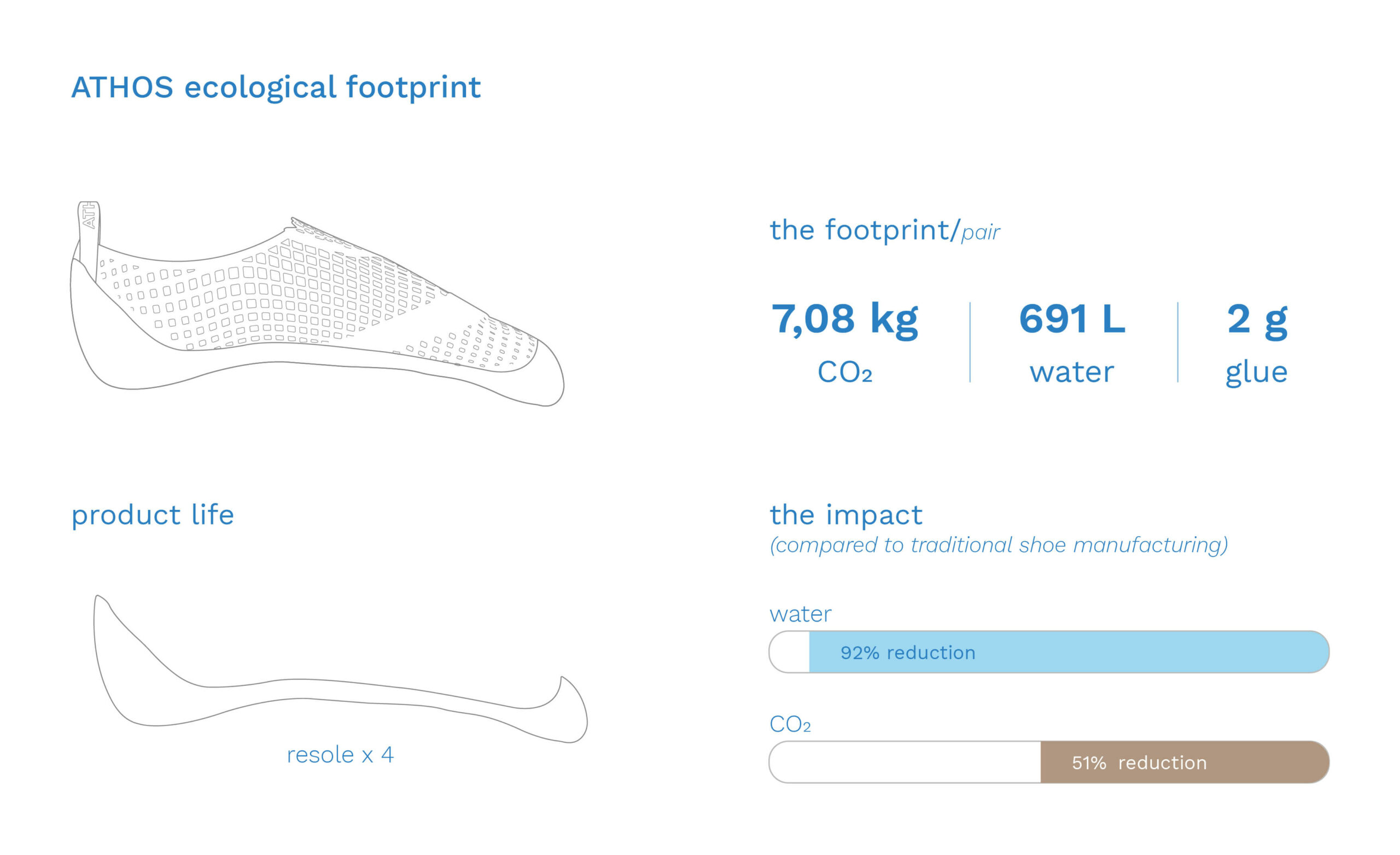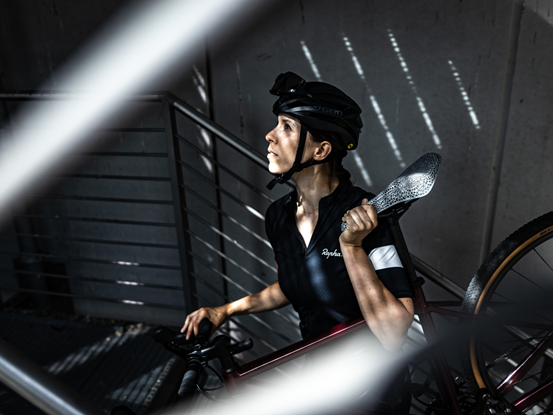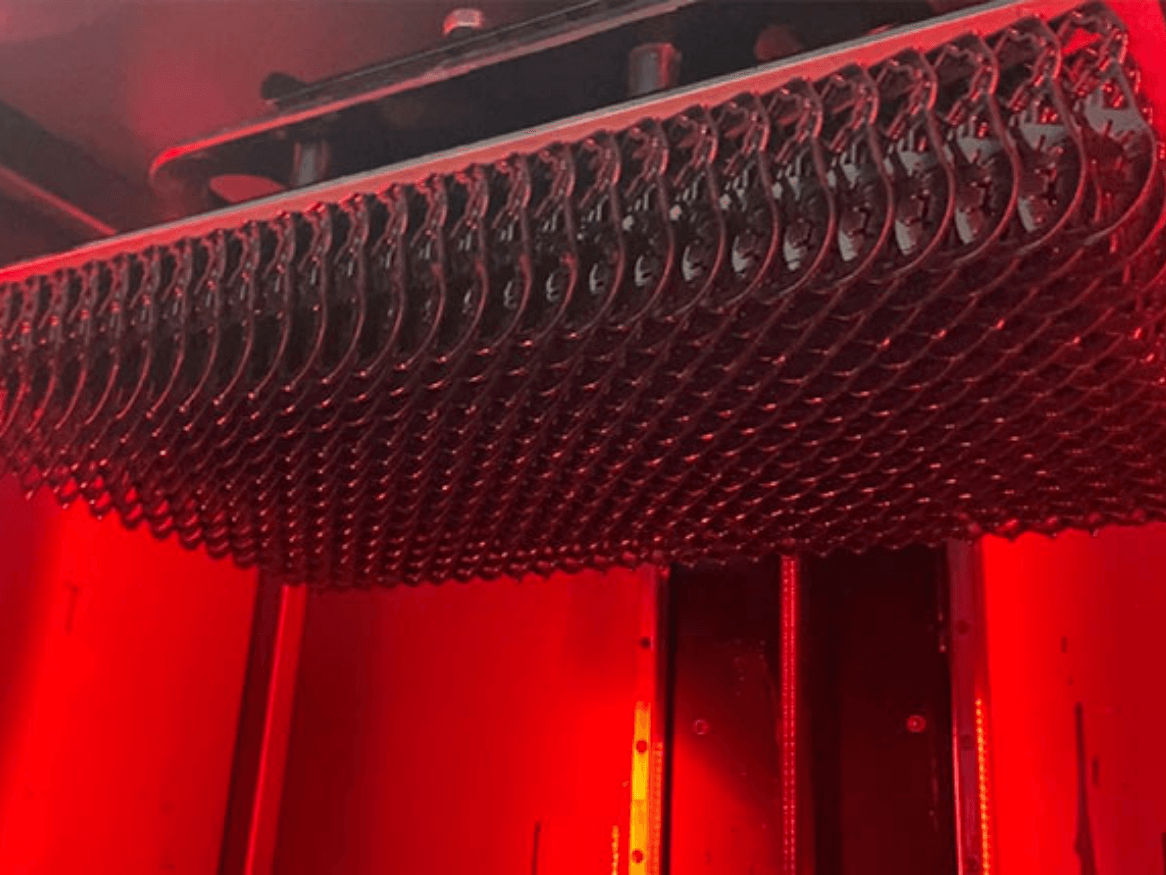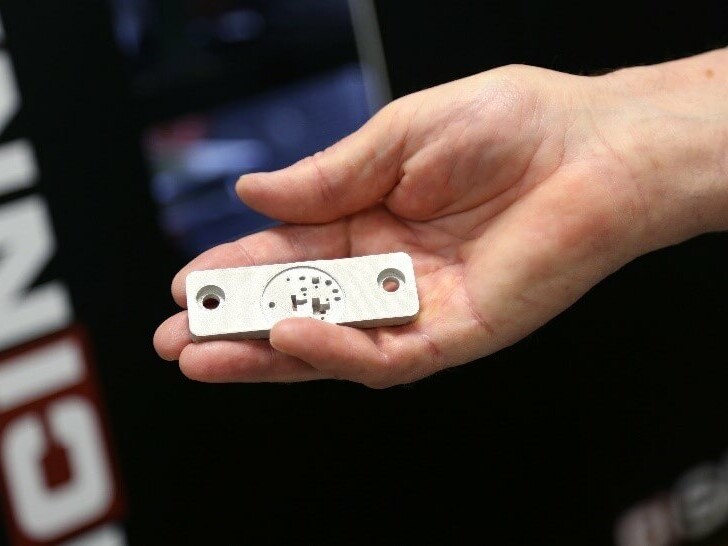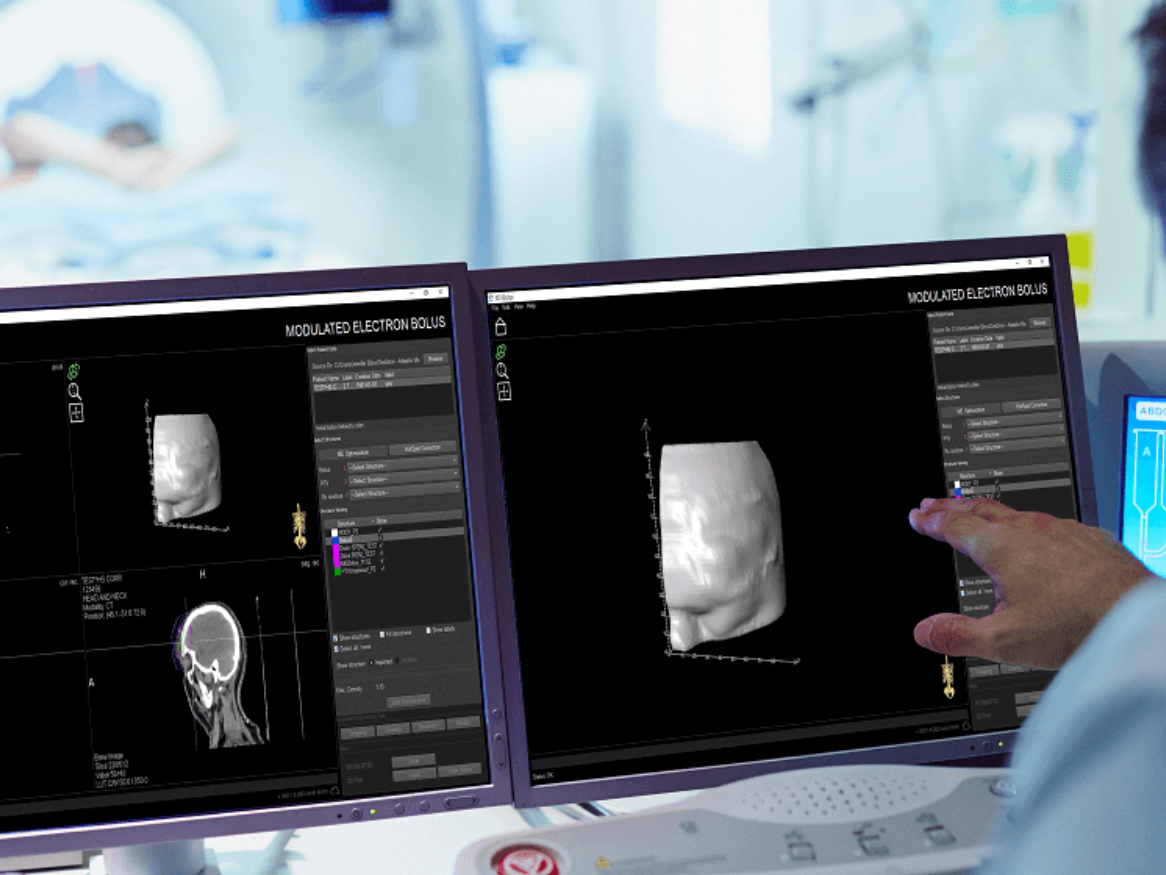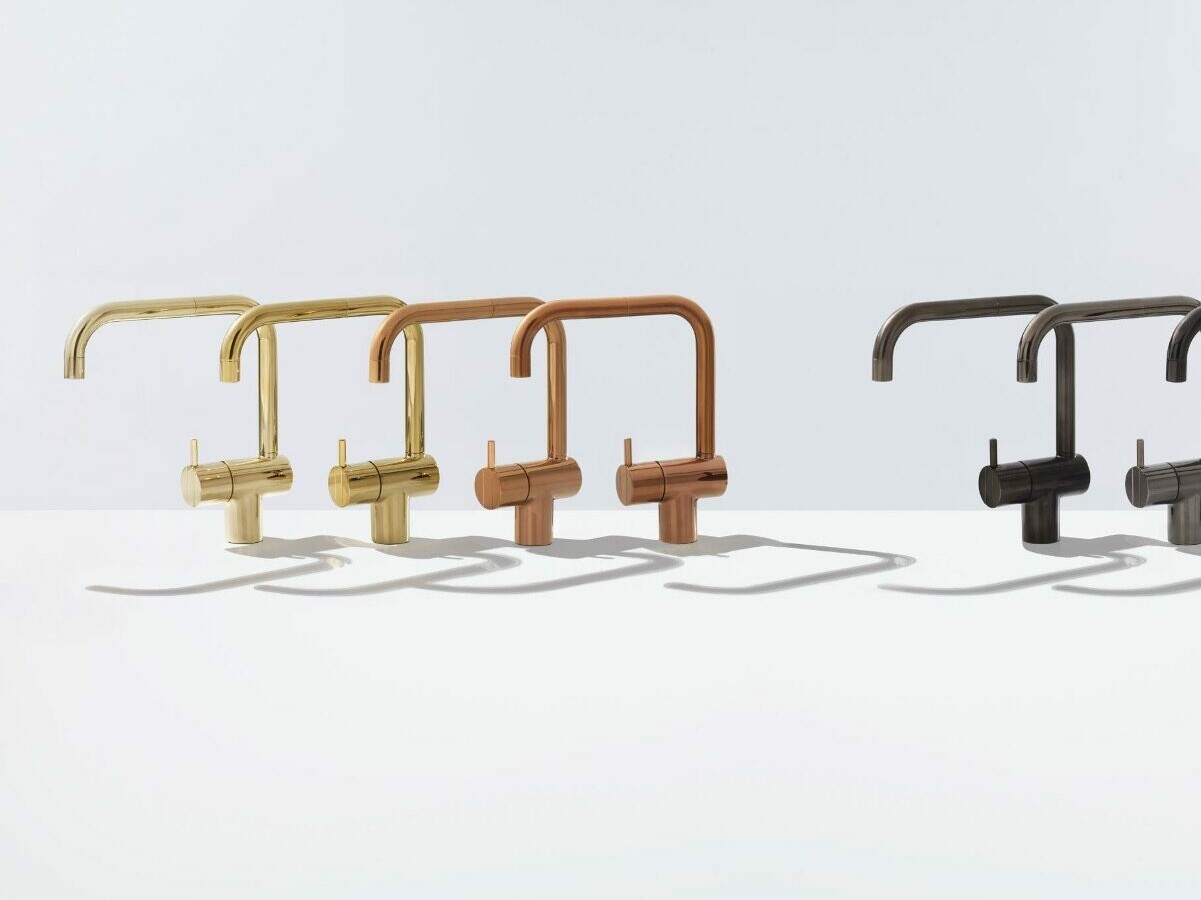Reaching new Summits with the first 3D printed Climbing Shoe
Perfect-fit flexible and recyclable material
Climbing sports has experienced a tremendous surge in popularity over the past years. No matter if amateur or pro athlete, if bouldering or rock climbing – the climber’s shoes are essential for fun and performance. Being characterized by a very tight fit, the climbing community oftentimes has to wear shoes 2-3 sizes smaller to achieve the required support – it doesn’t come as a surprise that foot pain, malpositioning, and serious injuries are well-known worries.
Project Breakdown
Industry
Consumer Goods
Product
Ultrasint® TPU01| Ultracur3D® Coat F+
Why Forward AM?
Perfect-fit flexible and recyclable material
The result
Individualized climbing shoes
Challenge: Creating the perfect climbing shoes – individualized, sustainable, high-performing
Feet come in all shapes and forms, starting with differences of gender and age to individual dispositions of the feet’s width, arch, and toe length – there is simply no ‘one fits all’. Until now, climbers had to accept and deal with acute and chronic foot or ankle pain as a consequence of their sports. Pain and deformity are clear evidence of mechanical disturbances of the foot that can be caused by ill-fitting shoes. Also, orthopedic research and scientific evidence list a multitude of acute and chronic foot problems and deformities associated with wearing unnaturally shaped or very tight climbing shoes. According to a scientific study about foot diseases in rock climbing, 86 percent of climbers experience some kind of feet pathology (source: study).
Making it more precise, high-ability climbers are oftentimes affected by the following reported conditions: toe deformities such as claw or hammertoes, splinter hemorrhage under toenails, bruised toes, mycosis, nerve compression syndromes, or hallux valgus. The discomfort also results in a short life cycle of a pair of climbing shoes – too often they are thrown away after being worn once.
The Spanish start-up ATHOS tackled the challenge of rethinking the concept of climbing shoes, aiming at reaching individualized shoes that enhance the climber’s carrying experience. By combining innovation and technology, the first 3D printed climbing shoes came to life – and even more, a whole different approach making the wearer the designer with Additive Manufacturing.
Solution: Additive Manufacturing with flexible Ultrasint® TPU01
Let’s take a closer look at what’s behind the concept of individualized climbing shoes:
The process starts off with a scan of the climber’s bare feet by their own mobile device with the respective ATHOS app. Based on the scan, the shoe design can then be further customized to make them “theirs” – e.g. by selecting the type of climbing they perform, by adding special patterns, textures, and colors or support tailored to their personal climbing style. Subsequently, the shoes get 3D printed at French printing service provider Sculpteo – after adding the pull straps and laces they are sent on the way to the customer!
Taking a closer look at the material used to bring these innovative climbing shoes to life, Forward AM’s Ultrasint® TPU01 is the ideal match – it’s characterized by outstanding flexibility and elasticity, perfectly suited for the climbing shoe. The high-performance polymer powder makes printing flexible structures possible at rapid speed and allows excellent processability as it is explicitly designed for HP’s 5200 series Multi Jet Fusion printers.
Even better, having successfully passed skin sensitization, ISO 10993-10, skin irritation OECD Guideline and cytotoxicity ISO 10993-5, this advanced material can be used in applications close to the human body with complete peace of mind. Topping it off, Ultrasint® TPU01 shows good UV resistance, a perfect match for outdoor use like climbing. Its high recyclability rate means a very low-waste manufacturing process – and since it’s a thermoplastic, the material can be recycled easily at the end of the lifecycle, responding to one of the key sustainability requirements for modern outdoor equipment. Giving the shoes an aesthetic master touch, Forward AM’s robust yet supremely flexible Ultracur3D® Coat F adds the final protective layer. Its class-leading adhesion and outstanding elasticity make Ultracur3D® Coat F the perfect coating for applications with skin contact that need to deliver excellent flexibility with durability and attractive haptics such as the Athos climbing shoes.
Reducing the ecological footprint of climbing shoes
By leveraging Additive Manufacturing, ATHOS benefits from one of the technology’s key benefits: on-demand production. By producing exactly the quantity that is being ordered, overproduction is eliminated – reducing both material waste and costly warehousing.
Comparing the manufacturing methods, leveraging 3D printing allows a material and manufacturing process reduction of more than 50% compared with the traditional manufacturing. Few materials and easy assembly allow shoes to be fully recycled to reduce the ecological footprint towards a circular economy. Moreover, ATHOS aims at establishing a repair service – the sole can be repaired up to four times, making the shoe an even more sustainable alternative.
Result: Climbing shoes fitting like a second skin
“Until now, the perfect climbing shoe did not exist – ATHOS could be the solution and future!”
Jesús (climbing hall owner, practices climbing sports for 13 years)
By harnessing the benefits of Additive Manufacturing, ATHOS developed a whole new vision of climbing shoes – realized with the HP Multi Jet Fusion technology and Ultrasint® TPU01. With reduced assembly steps and the high reusability rate of TPU, the manufacturing process is significantly shortened – and climbers finally can experience the comfortable shoes they deserve!
Interested to find out more about ATHOS? Head over here: www.athos-era.com
We’re ready to support your project with Additive Manufacturing – simply get in touch!
Share this page
Next Steps
Reference Links and Documents
Get in touch
Do you have questions about our materials, technologies or services? Get in touch now!



